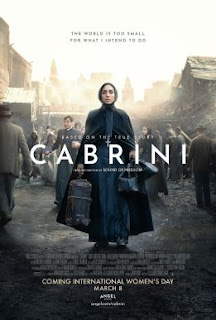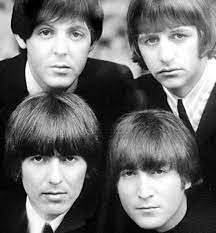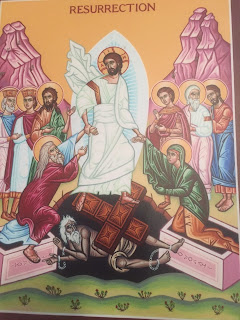She is the patron saint of immigrants, Saint Frances Xavier Cabrini, who lived from 1850 to 1917. Born in Italy, she founded the Missionary Sisters of the Sacred Heart in 1880, of which she remained Superior General until her death. When she asked Pope Leo XIII’s approval to establish a mission in China, the Pope advised her to go « not to the east, but to the west » – to the United States to serve the immense needs of the hordes of poor Italian immigrants who were then flooding the cities of the United States. So, she and six other sisters came to New York, where, like so many other Italian immigrants, she was less than enthusiastically received by those in charge, including New York’s Irish Catholic establishment – in her case, New York’s Archbishop Michael Corrigan. But she persisted in her mission, and over time she founded some 67 institutions in major cities both in the United States and in South America. In their day, those institutions served Italian and other immigrants and made a notable impact in their communities. Mother Cabrini died in Chicago on December 22, 1917, and is buried where her American mission began, here in New York, in a shrine on Fort Washington Avenue near Fort Tryon Park in northern Manhattan. Having become a naturalized American citizen in 1909 (thus, in effect, experiencing herself the fullness of the American immigrant experience), she became the first American citizen to be canonized in 1946. Mother Cabrini had special significance for my grandmother, who, as long as she lived, made sure that we went to visit her shrine yearly to honor the great Italian patron of immigrants to the New World.
And now she is the subject of a full-length film, Cabrini, released earlier this month, which highlights her missionary and charitable efforts and the resistance she encountered, especially the anti-Italian bigotry and racism. The film focuses on the desperate plight of Italian immigrants in New York and on Mother Cabrini’s immense energy (despite her physical frailty) and her enormous ability as in effect a shrewd entrepreneur, founding what the film calls « an empire of hope. » In conventional treatments of her story, both her physical frailties and her business acumen are acknowledged but always seem secondary to her accomplishments. In this film, they remain front and center, giving her accomplishments a fuller, more rounded dimension.
In Shakespeare in Love, Queen Elizabeth I refers to herself as « a woman in a man’s profession. » Cabrini seems to want to highlight how Saint Francis Cabrini was a woman very much disrupting a men’s world. In fact, much of the same could be said of many modern religious foundresses. Indeed, for much of its history, the Catholic church. has provided women with a unique outlet for this-worldly talent through the institutions of women’s religious communities, especially teaching and health-care communities, of which many were founded here in the U.S. and Canada.
Overwhelmingly, the film focuses our attention not just on the plight of the late 19th-century Italian immigrants but. on the ethnic-racial-religious hostility to them on the part of the civic establishment and the larger society. Perhaps particularly relevant is how it portrays the struggle on the part of New York’s Irish Archbishop to come to terms with the reality of a new ethnic component to his hitherto largely Irish flock. It offers insight into the dilemma that has faced each successive wave of immigration to this country, as unwelcome outsiders eventually get a toehold and gradually advance in society and then challenged their predecessors not to close the door behind them but to recognize their common humanity with the new immigrants. This, of course, is so very much an issue today as a nation composed almost entirely of descendants of desperate immigrants is confronted with the morally and politically challenging task of accepting and integrating new immigrants to our country.
The story of Mother Cabrini is always edifying and always relevant. It may be never more so, however, than at this particular juncture in American history, when who we are as a people, as « a nation of immigrants, » is once again one of the central issues confronting the soul of America.




